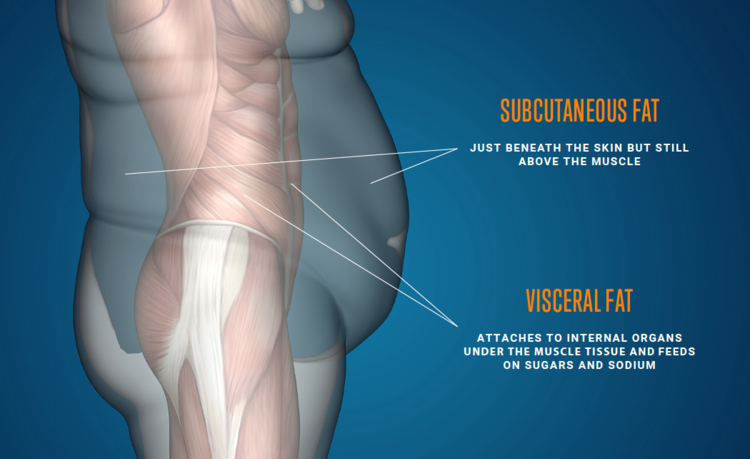



Research shows that fibrous dense nutrients can slow the metabolization of high starch sugars and reduce insulin spikes, this system delivers fast results.
The e-Guide is a step-by-step tutorial that removes all of the dietary guesswork! From beginners to professional athletes, this fact based system can assist ANYONE at any fitness level.
Nutritional timing allows us to enjoy all of the foods that we would normally eat without concerns of unwanted weight gain. Knowing how to combine the right foods at the right time can be used advantageously for rapid or slow absorption, especially for those wanting to add muscular mass or cut body fat. How does all this work? When done correctly, muscle fibers recover quickly and cells begin signaling the need to either use or store potential energy.
Building a muscular frame can help the body function more easily and recover faster. Constantly providing nutrients to the muscle fibers will not only increase the metabolism but will also burn fat calories just from keeping the body at a constant state of work. Mixing it up with HIIT (High Intensity Interval Training) rather than only lifting weights can also offer increased benefits. Increasing either intensity or the weight itself while maintaining good form has proven to be very effective.
Tips: The use of Nutritional Timing and what’s being done outside the gym can account for much more than the amount of actual weight being lifted. Don’t confine yourself to only one program, mixing it up helps to enjoy the effort put forth. To avoid tolerance adaptation combine different types of training while automatically enhancing biological cell communication. Gain muscular strength, burn body fat and maintain the results for life. Discover the Science Behind The Muscle and lose weight without limiting calories. No gimmicks, no starvation, just follow the e-Guide and see results within just days.


Protein Sources are essential amino acids, the building blocks that provide nourishment to the muscle fibers.
Concerning endogenous production of amino acids, the human body can create some but the important essential amino acids are gained from smart dietary habits. Protein differences and knowing the proper supplementation for post workout intervals is very important. Many say protein timing is important and some say it’s not important… well then why all the controversy over the subject? Nutritional Timing works for some but not for everyone.
@FatLossUnlocked we believe everything should be questioned and always recommend finding what works best for you! In any case, beware of supplementation with the wrong types of protein, know the differences between what contains Whey and Casein and how they breakdown and absorb while targeting WOO’s (Windows of Opportunities) and using digestive enzymes – for rapid or slow transport. After an intense workout, it is important to consume whey protein, triggering the signal for amino acids to be released into the muscles for growth and replenishment of the muscle fibers.
Understanding the differences among proteins and knowing how to target either rapid or slow absorption can be extremely beneficial and provide enhanced results. It helps to understand the Science Behind The Muscle and make necessary changes before it becomes out of control.
In 1996 Peter D’Adamo, a naturopathic physician, published a book in which he described how people could be healthier, live longer, and achieve their ideal weight by eating according to their blood type. One’s choice of condiments, spices, and even exercise should depend on one’s blood type. Soon, the book was a best seller and people everywhere were finding out their blood type, revising their grocery lists, and changing how they ate, exercised, and thought about their health.
Here are some of the recommendations according to the “Eat Right for Your Type” diet:
As mentioned, the recommendations for the blood type diets extend well beyond food choices. For example, people with type O blood are advised to choose high-intensity aerobic exercise and take supplements for their sensitive stomachs, while those with type A blood should choose low-intensity activities and include meditation as part of their routine.
High-quality studies about the blood type diet had not been published in peer-reviewed medical literature. Even now, a search in the medical literature for the author’s name reveals no research pertaining to this diet. Studies published in 2013 and 2014 about the blood type diets are worth noting. The 2013 study analyzed the world’s medical literature and found no studies demonstrating benefit from a blood type diet. The 2014 study found that while people following any of the blood type diets had some improvement in certain cardio-metabolic risk factors (such as cholesterol or blood pressure), those improvements were unrelated to blood type.
The theory behind this diet is that blood type is closely tied to our ability to digest certain types of foods, so that the proper diet will improve digestion, help maintain ideal body weight, increase energy levels, and prevent disease, including cancer and cardiovascular disease.
From Fat Loss Unlocked